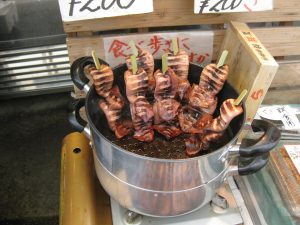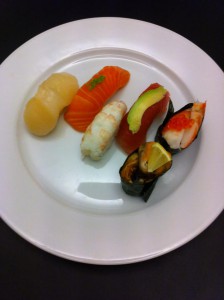
In Japan, it takes several years to be trained as a Japanese sushi chef. There are several reasons why
In Japan, there is a slightly different approach to taking an education. In Japan, you are never really finish your education. This means that the better you become at your skills, the more difficult are the techniques used as well.
It is very normal that it takes 10, 20 or 30 years to master sushi techniques at restaurant level.
The quality of sushi in Japan is something completely different than in Europe.
In Japan, the level of Japanese sushi restaurants is very high. The higher the level in the Japanese restaurants, the longer it takes to become good at mastering the various cooking techniques.
It is very normal that it takes several years to learn how to cook sushi rice to perfection. The Japanese customers only want to eat sushi which is made with rice which is perfect in consistency.
In Japan, the sushi restaurant follows the season for fish. There are typically 10-15 different fish on the menu.
As a sushi chef, you need to know how to handle the different fish species and be able to turn them into delicate and tasty sushi pieces.
Read more about Sushi Chef Zoë Escher & Sushi course for beginners
_
Zoë has lectured and held sushi courses for A. P. Moller – Maersk, Hugo Boss Nordic, Novo Nordisk, Novartis, Velux, Gorrissen Federspiel, Beierholm revision, Elbek & Vejrup and many more.







